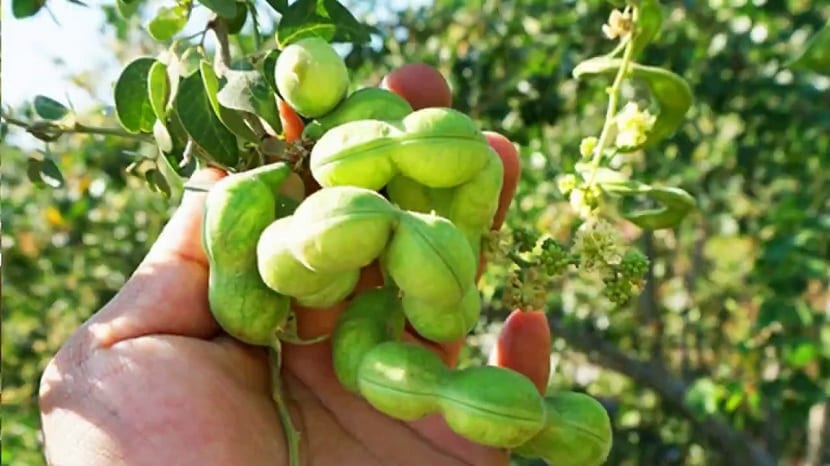
Today we are going to talk about a quite important tree that bears some fruits known as guamuchiles. It is also known by the name of chiminango. The scientific name is Sweet pithecellobium and belongs to the legume family. The word sweet comes from its flavor and is one of the most important qualities of this fruit. In this post we are going to talk about the main characteristics of this fruit and the tree.
Do you want to learn more about the Guamuchiles? Keep reading and we will tell you everything.
Key features
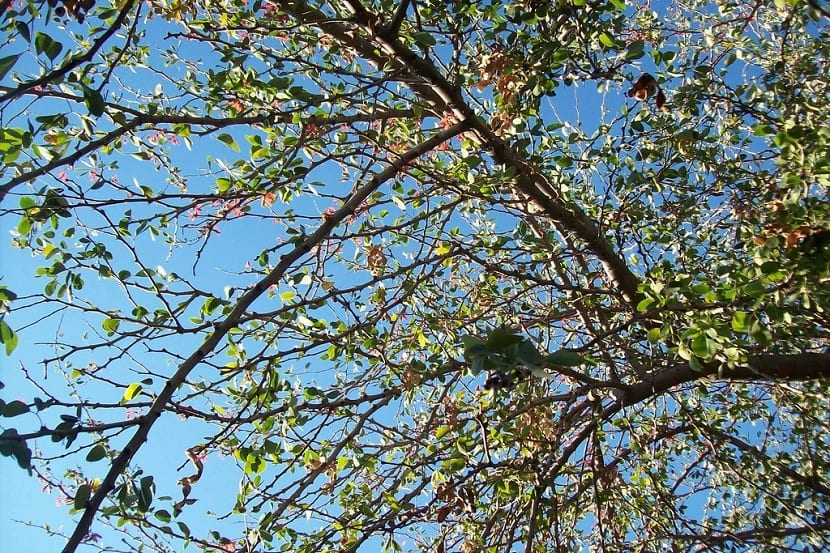
The guamuchil is a large evergreen tree with a height between 15 and 20 meters. It is quite wide and robust, since its base usually reaches a meter in diameter. It is usually quite leafy, which increases its beauty. Mixed with its perennial habit, it is a perfect tree not only valuable for its fruits, but for its ornamental value.
It does not usually form forests or large groups since it grows more alone or in communities of few individuals. The fruit is known for its sweet taste when it turns red during ripening. It is found mainly in Mexico.
When the low temperatures arrive on the month of greatest, the guamuchiles undergo a maturation of their pods where the fruits develop. When the fruits are stained red it is the ideal time to consume them. It can be eaten both fresh and dry. The time where you can find them in the markets is the one close to the rainy season.
It is common to find guamuchiles in the ranches of Mexico near the stables and pastures. They are quite useful for giving your livestock some scattered shade and keeping them fresher and healthier. By having their evergreen leaves they serve both to provide shade in the warmer months and to protect from the cold and rain in the rainiest months.
Its fruit is commonly eaten by herbivores. These animals gobble up the foliage as their sweet taste becomes addictive. The fruit has some thorns, but cattle are immune to them.
Utility of the Guamuchiles
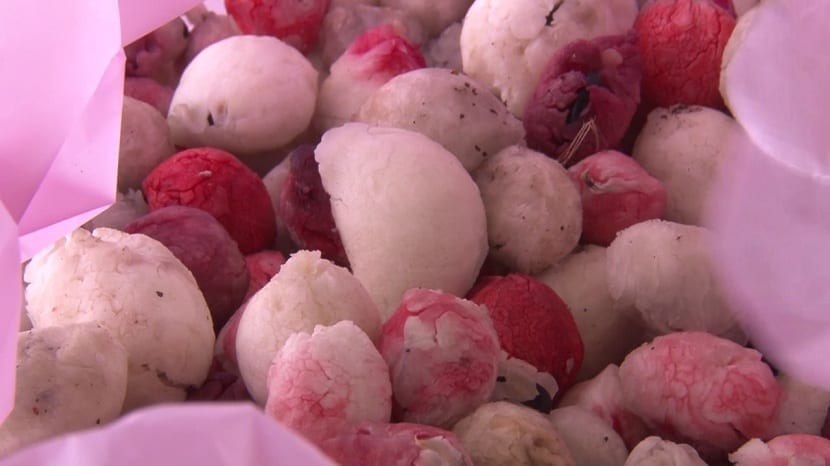
These trees are perfect for use on poorer soils. Thanks to its constant leaf drop, due to its perennial nature, it improves the macronutrients of the surrounding soil. One of the advantages offered by this type of tree it is their ease of adaptation. It is generally capable of surviving environments of all kinds. It does not matter whether it has rained a lot or a little, whether the ground is wet or dry, etc. What does affect the climate to this tree is the fruit. In the rainiest months prior to ripening, we will find quite large and juicy fruits. Otherwise, when we have little rains we will have small and dry fruits.
Other names that we can find from Guamuchil is that of piquiche, guamoche, white chucum, etc.. The flowers are small white and greenish specks from which an intoxicating aroma can be perceived. During the month of February is when the leaves begin to cover themselves and the flowers proliferate through branches of small thorns. The fruits are in pods that, when ripe, open to release the seeds. These seeds are ovoid in shape and flattened. They are usually not more than 12 mm long.
Distribution area
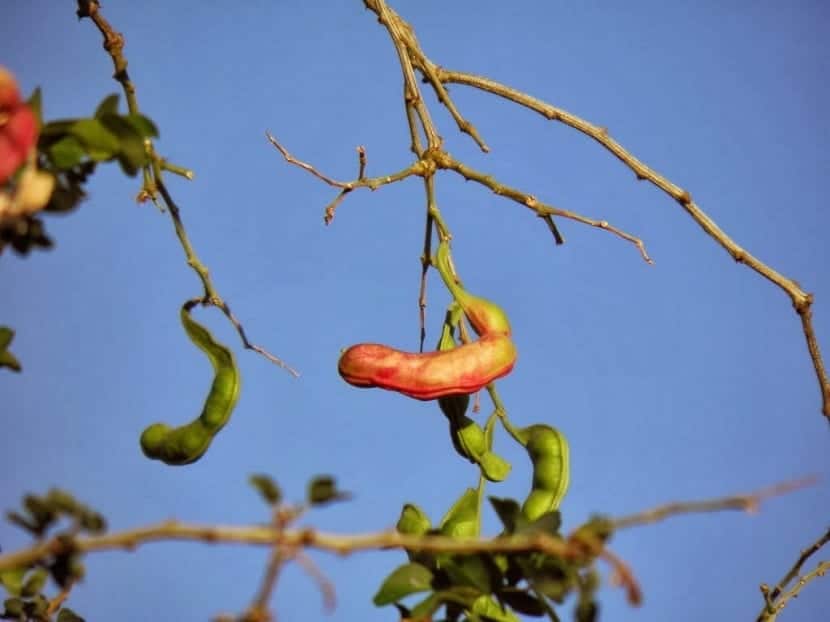
The Guamuchiles can be found in more places than Mexico. They can be found in great frequency by 25 states among which are Baja California, Yucatan, Colombia, Venezuela and has recently been introduced by other countries such as Hawaii, Puerto Rico, Cuba, Florida, Jamaica and some areas of Tropical Africa.
It is originally a native tree of Mexico and it spreads with relative ease thanks to its great resistance to all types of soils and atmospheric conditions. The seeds are easily dispersed when the fruit is eaten by humans and the seeds are dispersed. Once dropped to the ground, they only take several days to germinate. This is the reason why these trees have grown enormously in terms of their range.
Necessary conditions and tolerance
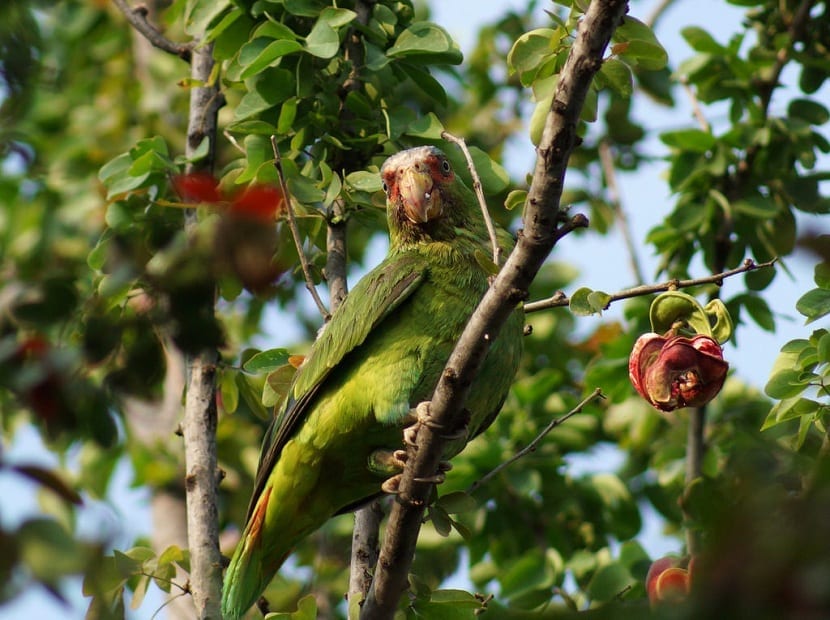
As we have mentioned before, chiminangos are capable of growing in various types of soils, even if they are poor. They can grow whether the soil is shallow, limestone or stony. Moreover, it has been seen to develop well in soils with brackish characteristics. We can find it in areas of high thorny scrub and savanna. It is not frequent to find them in pine and holm oak forests or in deciduous tropical forests.
It is not a tree that has been very successful in urban places due to the thorny branches, the allergy caused for many people by the irritating sap in the eyes and its numerous leaves that litter the streets. Although in private gardens it does succeed due to its attractive reddish foliage. It is perfect to mix with small hedges.
Regarding the rural area, It is used in fields as a living fence where its thorny branches provide a great advantage. And it is that thanks to it hedges can be intricate so that the cattle cannot pass. If they try, they will prick themselves with the thorns.
Its growth is quite fast and it tolerates a lot of competition from other herbs for food. Due to its vigor and robustness, it is used in many places to create windbreaks. In this way, many roads, highways and even houses can be protected that are not hit by strong wind currents.
It is a fairly inexpensive tree since it reproduces very easily and has a high survival rate. In just 5 or 6 years you can have the tree perfectly developed with a height of about 10 meters. This means that, in good condition, it is capable of growing 2 meters per year.
As you can see, the guamuchiles are excellent trees to enjoy delicious fruits or to be useful in caring for livestock.
In Mexico, the hottest months are precisely from April and May (spring) to August, since Mexico is not in the southern hemisphere, the southern hemisphere is from the equator to the south, Ecuador itself as a country is divided into the southern and northern hemispheres , look for this page to learn about Guamúchil, but it honestly makes me doubt a teaching that is not good in geography, all of Central America is already in Spain in the northern hemisphere (half of the world), despite still a large part in the tropical zone
Hello Eduardo.
It is already corrected. Thanks.